U.S. News
Lay’s Reformulates Potato Chips After 30 Years to Avoid FDA Ban
By Jake Beardslee · July 26, 2025
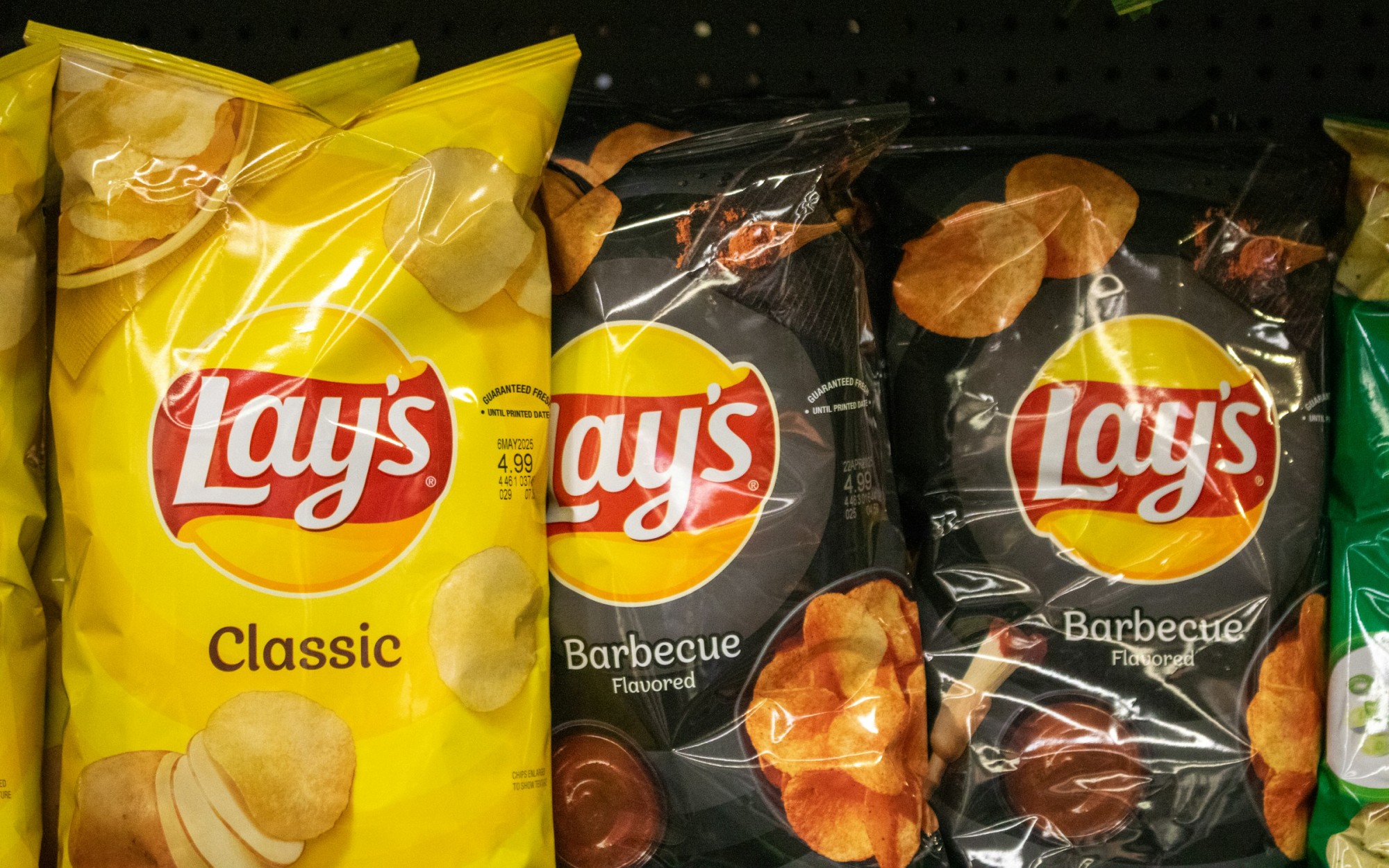
Lay’s Chips Get a Makeover: FDA Crackdown Spurs PepsiCo’s Biggest Recipe Change in Decades
In a major shift for the U.S. snack industry, PepsiCo has announced that its flagship Lay’s potato chips and Tostitos tortilla chips will be reformulated by the end of 2025 to eliminate all artificial colors and flavors. The move follows mounting consumer pressure and an aggressive regulatory push led by Health and Human Services Secretary Robert F. Kennedy Jr. The overhaul, the most significant in over a decade for PepsiCo, signals a new chapter in food manufacturing—one shaped by transparency, health advocacy, and evolving market expectations. Zoshua Colah / Unsplash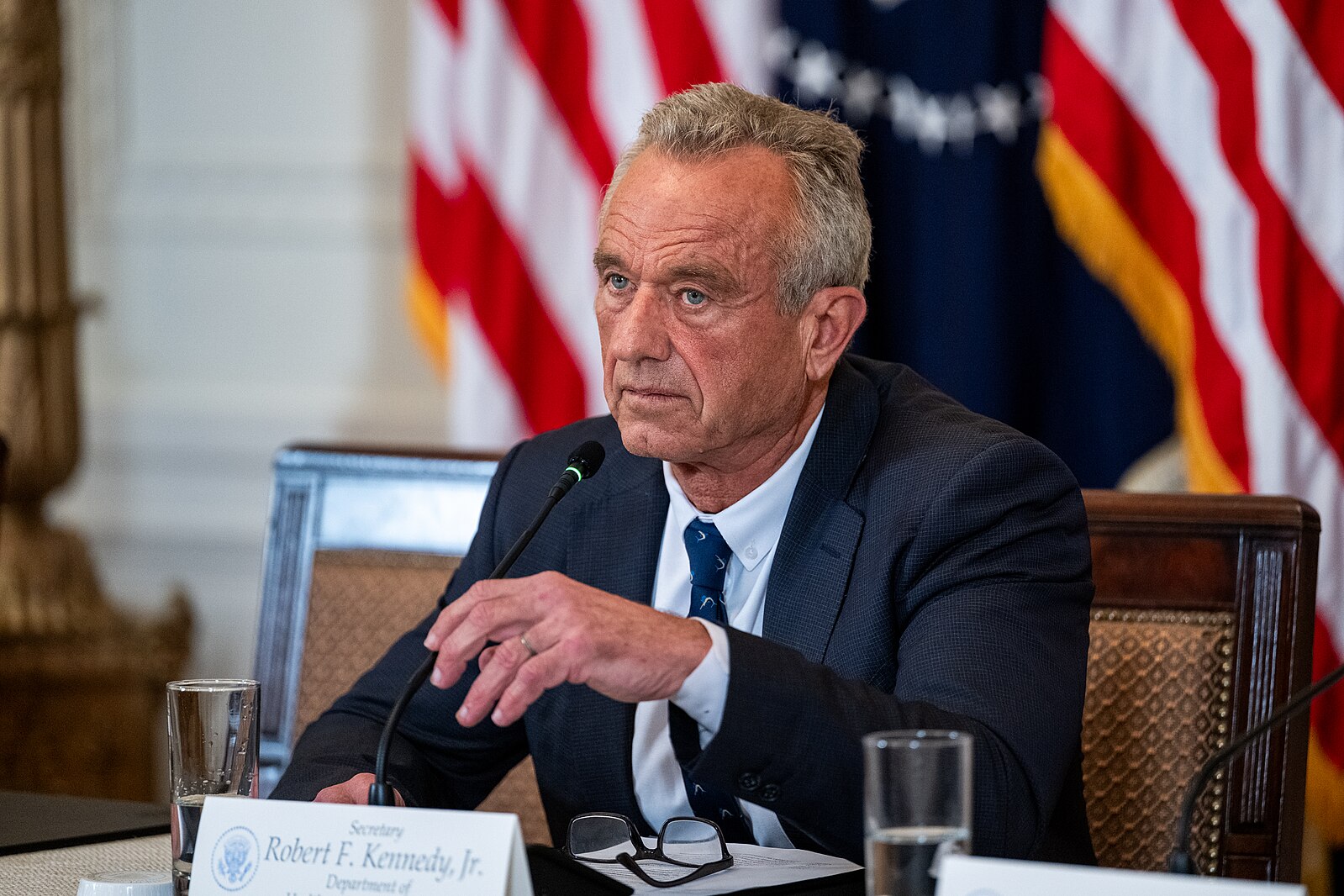
Federal Pressure Ignites Industry Overhaul
On April 22, 2025, Health and Human Services Secretary Robert F. Kennedy Jr. announced a comprehensive FDA initiative under the “Make America Healthy Again” campaign to phase out all petroleum‑based synthetic food dyes from the U.S. food supply by the end of 2026. The FDA plans to revoke authorization for two rarely used dyes—Citrus Red No. 2 and Orange B—within the coming months, while partnering with food manufacturers to voluntarily eliminate six widely used synthetic dyes—Green 3, Red 40, Yellow 5, Yellow 6, Blue 1, and Blue 2—by the end of 2026.Kennedy has accused food manufacturers of being permitted to “mass poison” American children, calling the crackdown on synthetic food dyes a “major step forward” in his broader “Make America Healthy Again” campaign. The White House / Wikimedia
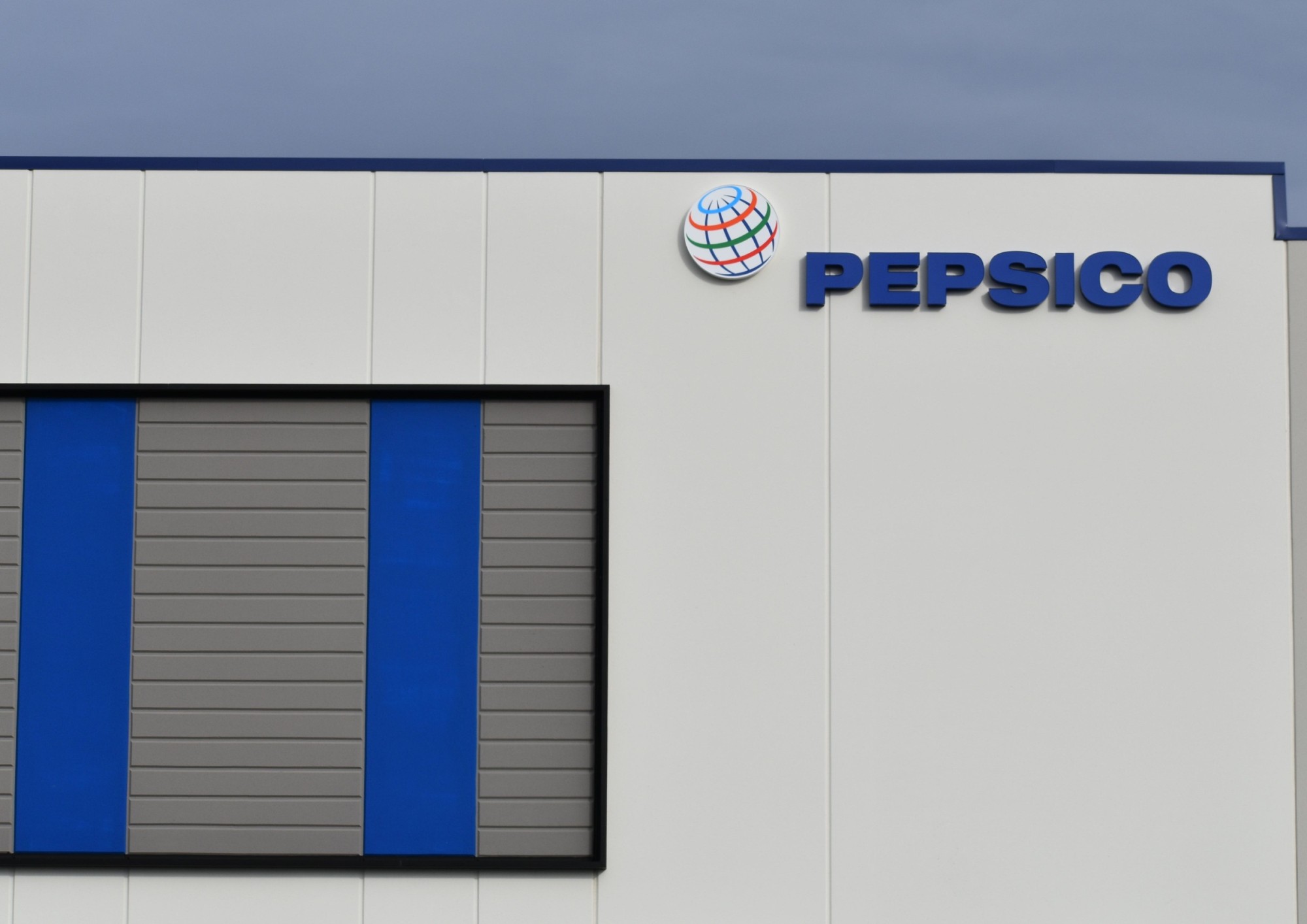
PepsiCo Makes It Official
In a landmark announcement on July 17, 2025, PepsiCo CEO Ramon Laguarta confirmed that Lay’s and Tostitos would be completely dye- and flavor-free by year’s end. “If you think about the simplest and most natural snack, it is a potato chip,” Laguarta told investors. “It’s a potato, it’s oil, and it’s a little bit of salt—no artificial ingredients.” The change is central to PepsiCo’s strategy to elevate the health perception of its snack portfolio and incorporate ingredients like avocado and olive oils across brands. Chrissy Suttles/Beaver County Times part of the USA TODAY NETWORK / USA TODAY NETWORK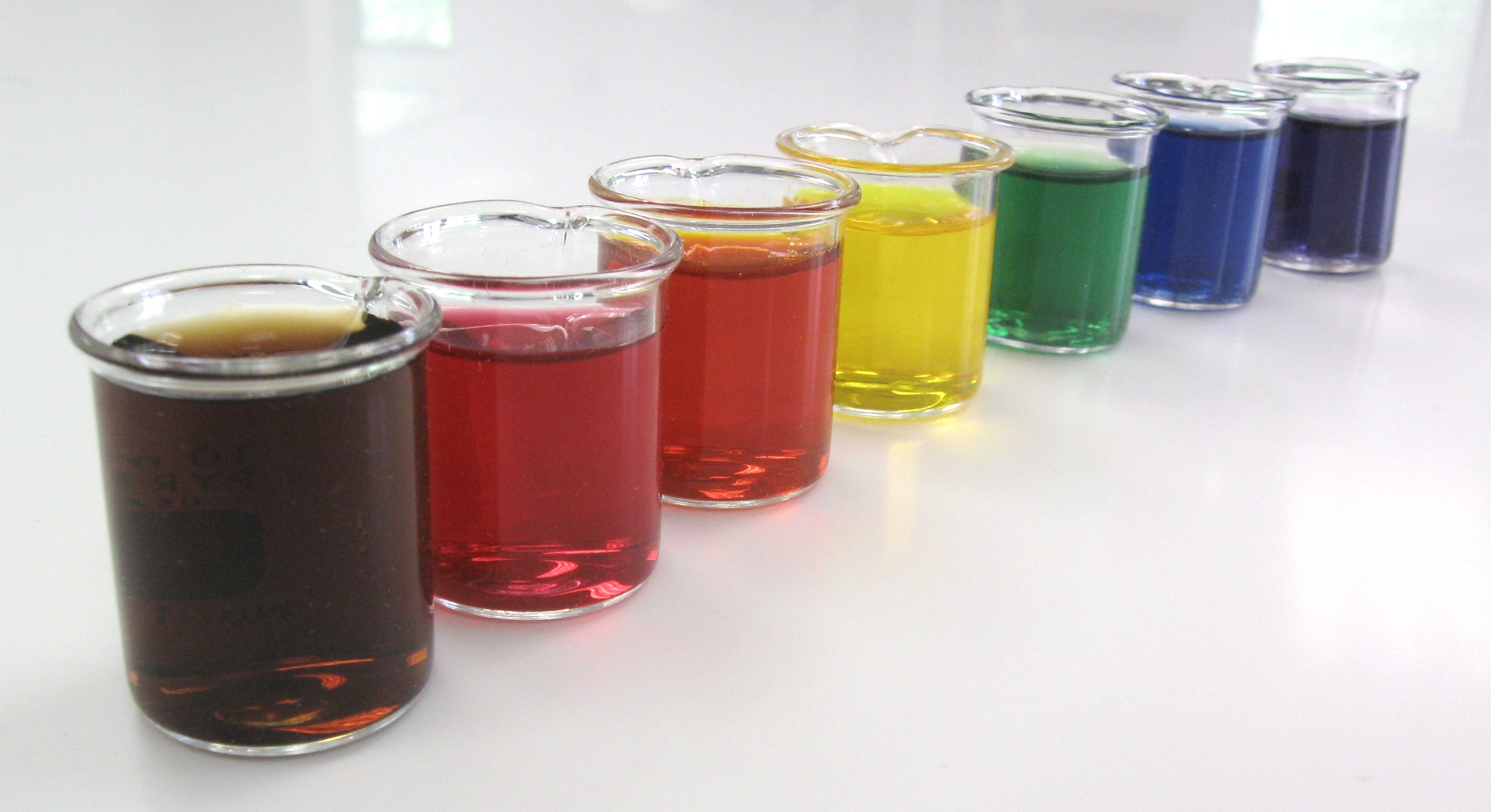
Mounting Scientific Scrutiny
The reform comes amid renewed scrutiny of synthetic food dyes and their potential behavioral effects in children. A review of 27 clinical trials found that 64% reported behavioral responses to artificial colors, with 52% showing statistically significant results. Yellow No. 5 (tartrazine) was especially linked to increased hyperactivity at higher doses, and meta-analyses suggest dyes may worsen symptoms in about 8% of children with ADHD. Skoot13, CC BY-SA 3.0 https://creativecommons.org/licenses/by-sa/3.0, via Wikimedia Commons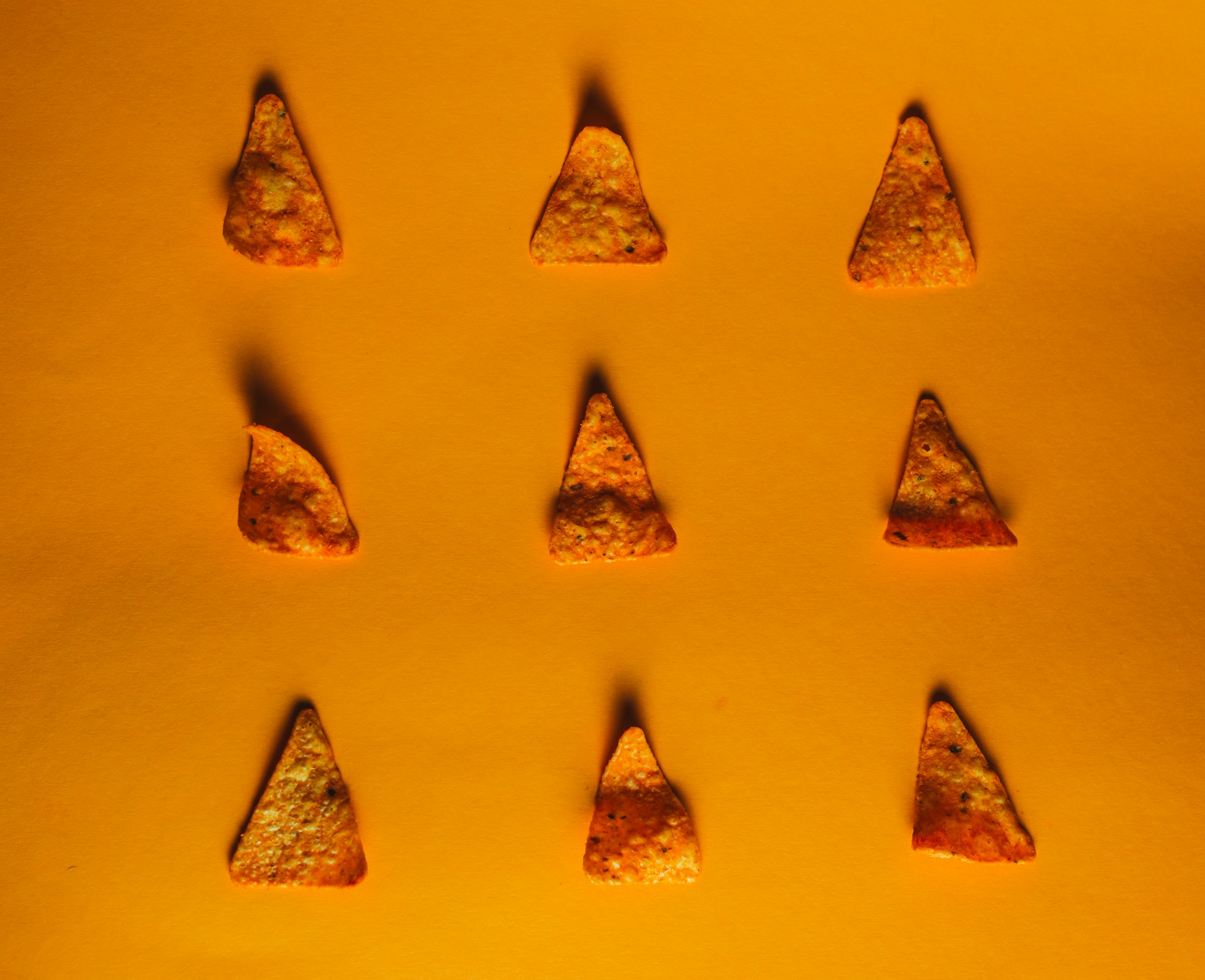
A History of Reformulation
Frito-Lay, a PepsiCo subsidiary, once led the snack market with simple recipes in the 1960s. But by the 1980s and ‘90s, visually vibrant, artificially flavored chips dominated shelves. This isn’t the first time the company has faced pressure to reformulate. In 2002, Frito-Lay began phasing out trans fats in popular products like Doritos, Cheetos, and Tostitos, responding to similar public health concerns. Tamas Pap / Unsplash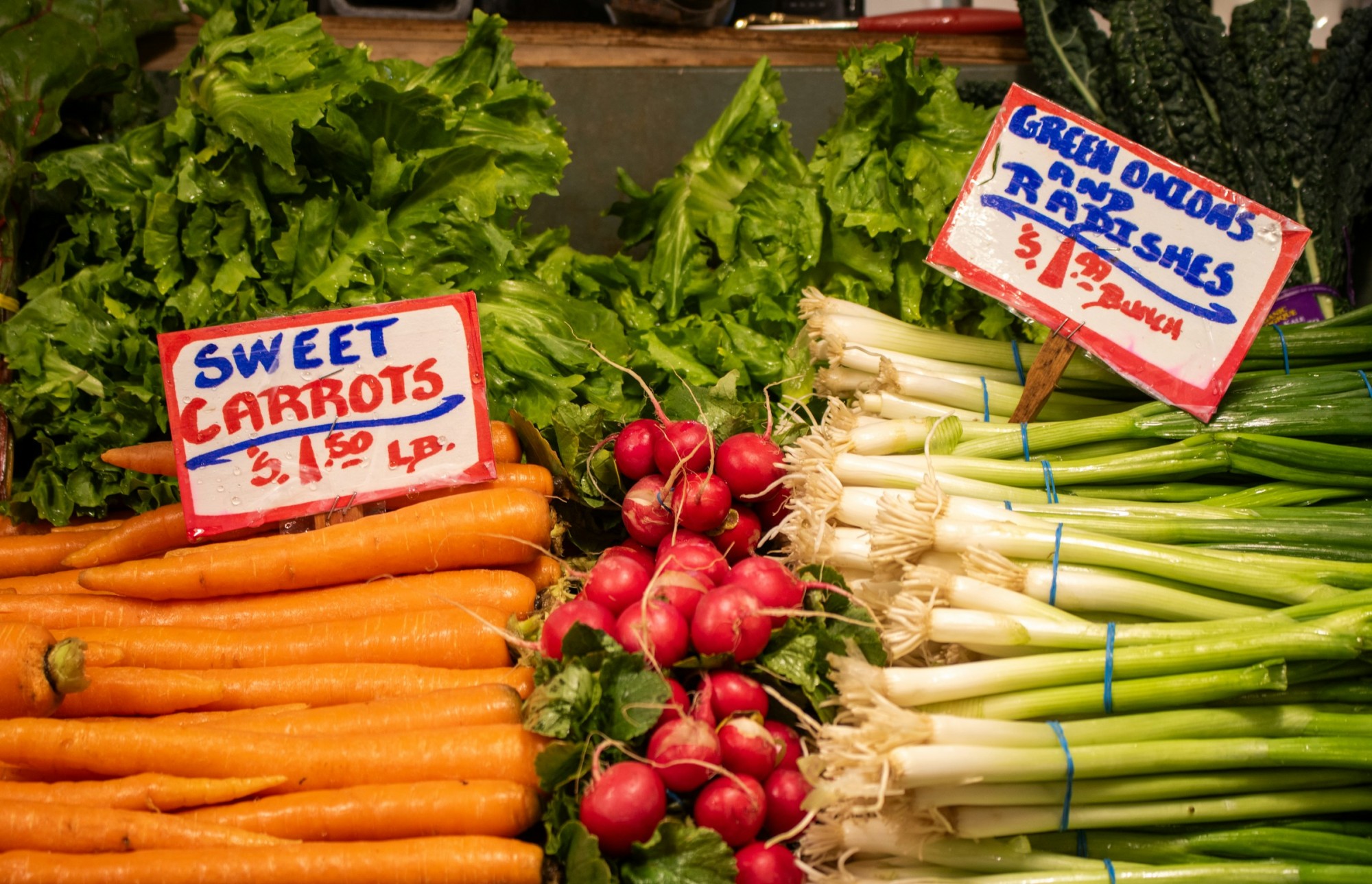
Economic Ripple Effects
The regulatory push is reshaping supply chains. Synthetic dye production, once tied to petroleum plants in the Midwest, faces contraction. Meanwhile, producers of natural alternatives like beets, carrots, spirulina, and sunflowers are poised for growth. North Dakota sunflower farmers and California vegetable growers may benefit from new contracts worth hundreds of millions, as natural color production scales up. Zoshua Colah / Unsplash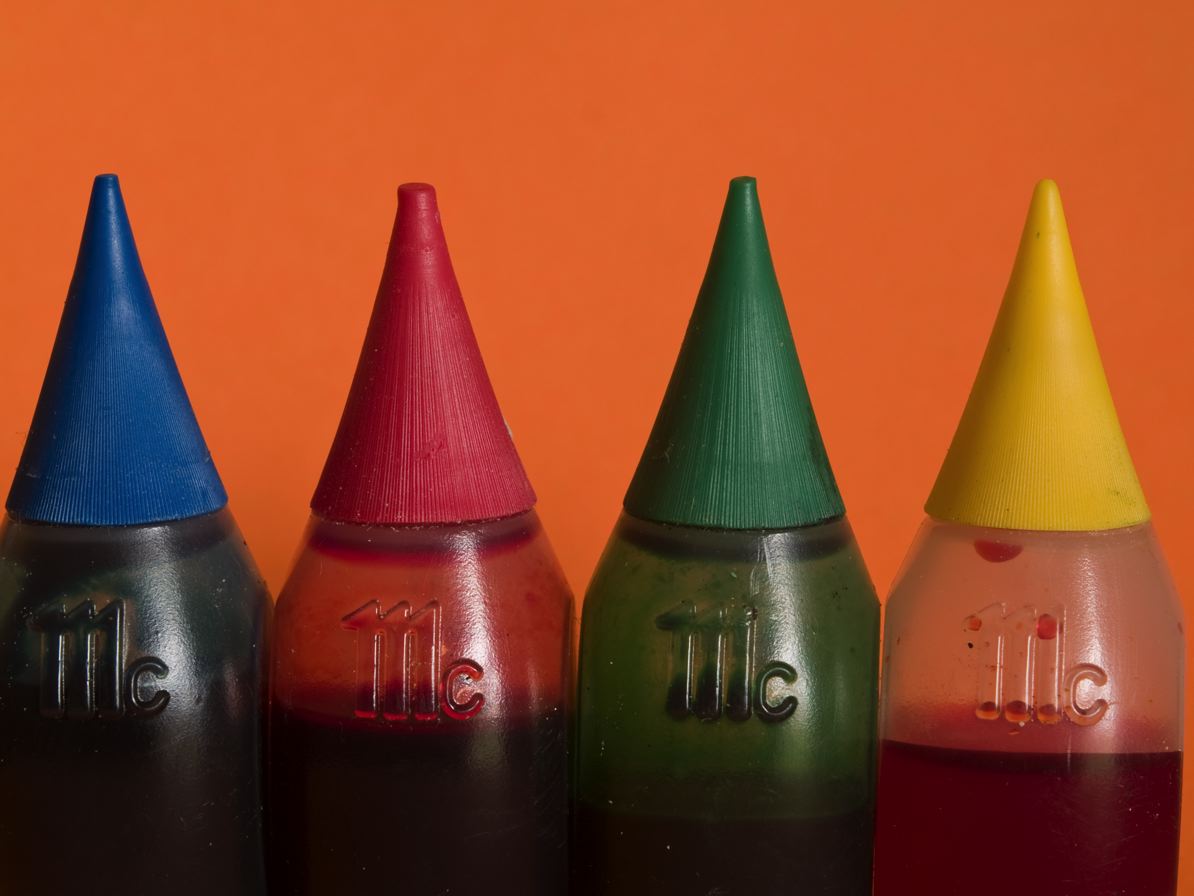
Industry Braces for Cost Surge
Natural colorants are significantly more expensive to produce than petroleum-based dyes—sometimes by a factor of ten. Even common alternatives like paprika and turmeric come with higher price tags. Despite these costs, the natural food color market—forecasted to reach $2.01 billion in 2025—is expected to nearly double by 2035. That growth is contingent on scaling up exotic crops like butterfly pea flower and Galdieria algae, which only recently received FDA approval. Larry Jacobsen from Cheyenne Wyoming, CC BY 2.0 https://creativecommons.org/licenses/by/2.0, via Wikimedia Commons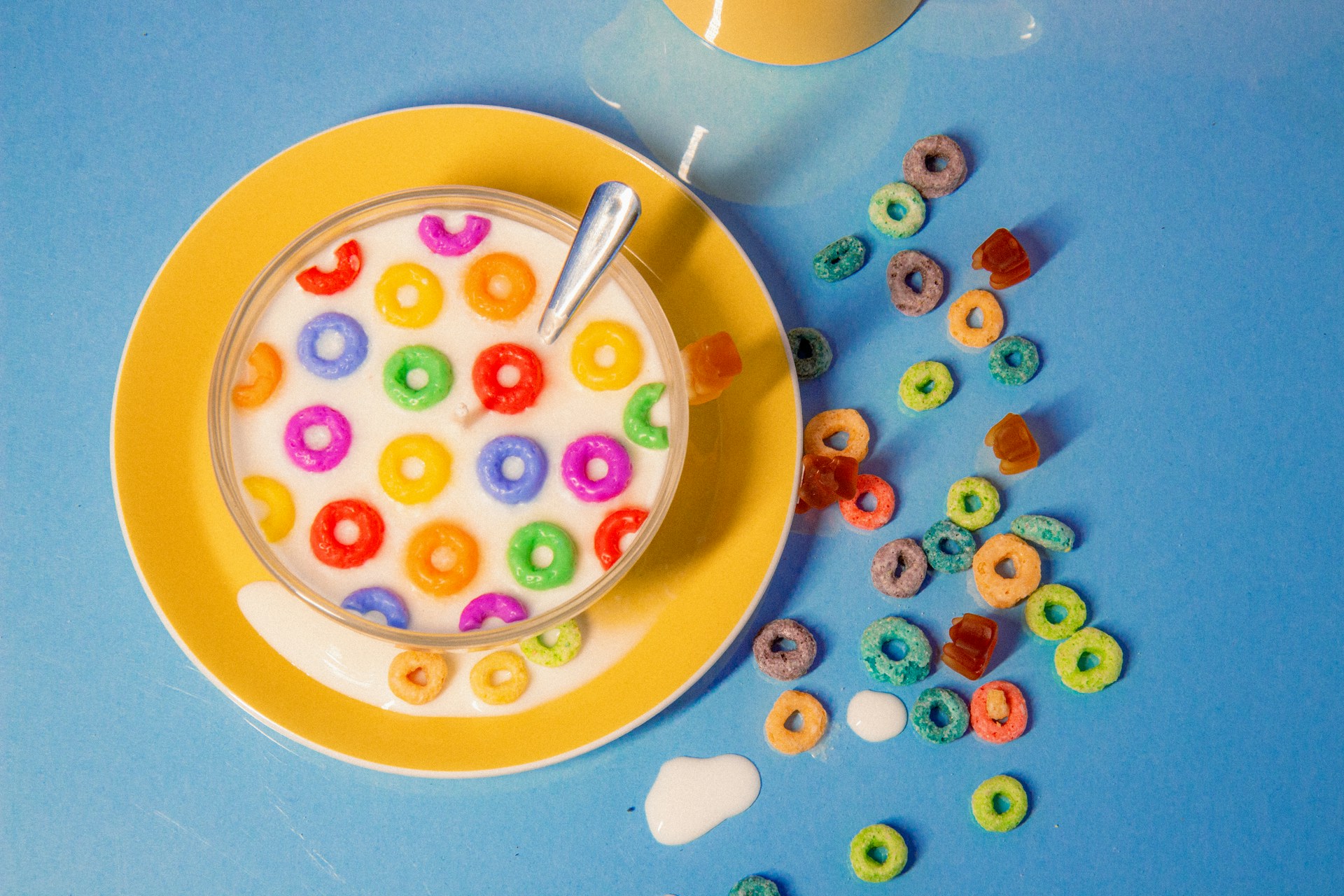
Competitive Pressure Intensifies
PepsiCo’s early move gives it a leg up on rivals. General Mills, Kraft Heinz, and WK Kellogg Co. have all pledged to remove synthetic dyes by 2027. Reformulating products like Apple Jacks and Froot Loops will test their R&D capabilities. Analysts say PepsiCo’s head start could help it gain health-conscious customers while others lag behind in meeting new standards. Jessica Neves / Unsplash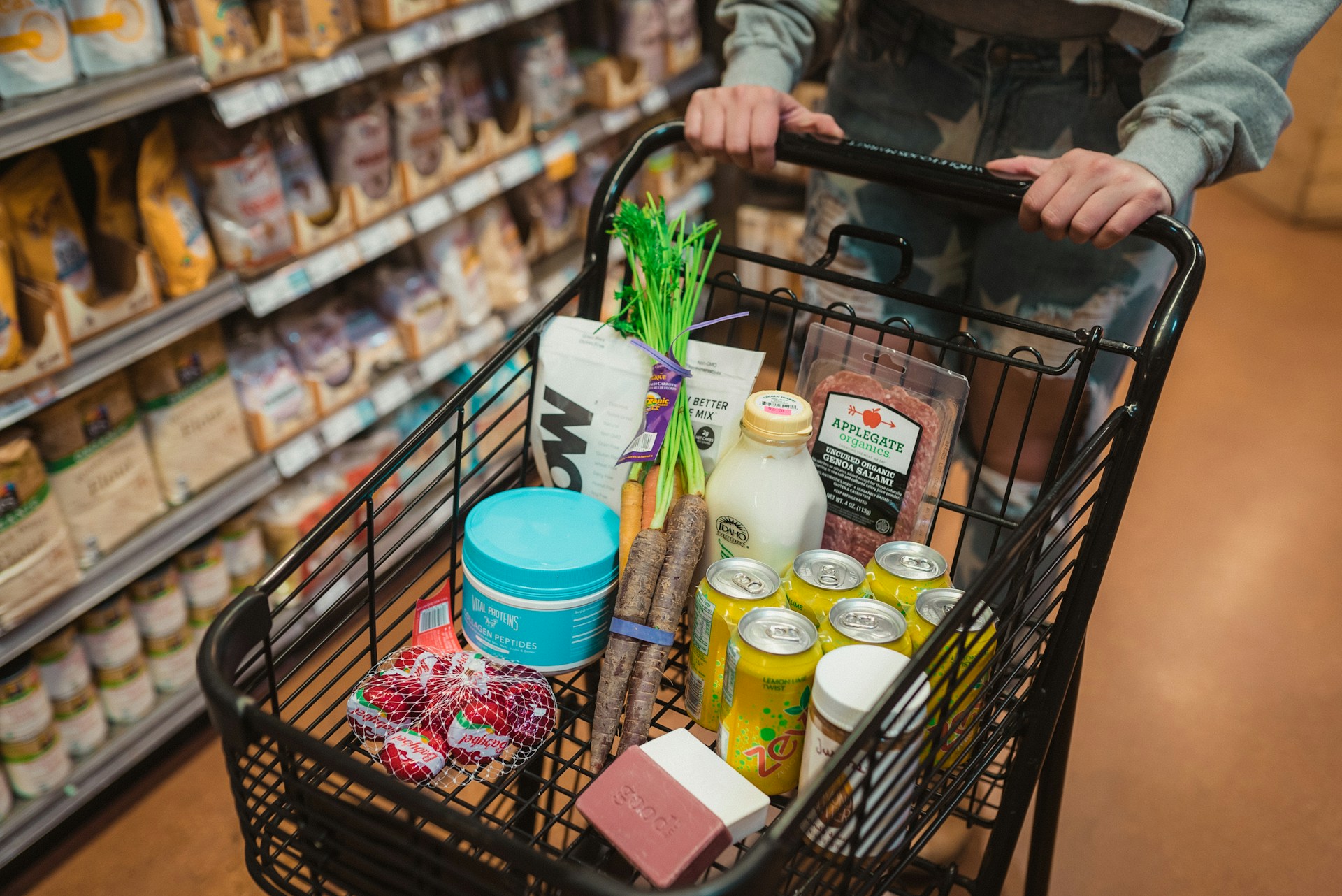
Mixed Consumer Reaction
Younger shoppers and parents have largely welcomed dye-free snacks, hailing the change as long overdue. However, some older customers are skeptical of altered taste and appearance. Parent advocacy groups, who’ve campaigned against “toxic” ingredients for years, have applauded the move. Though surveys suggest that up to 75% of families are willing to pay more for cleaner labels, analysts caution that purchasing habits often lag behind stated preferences. Karsten Winegeart / Unsplash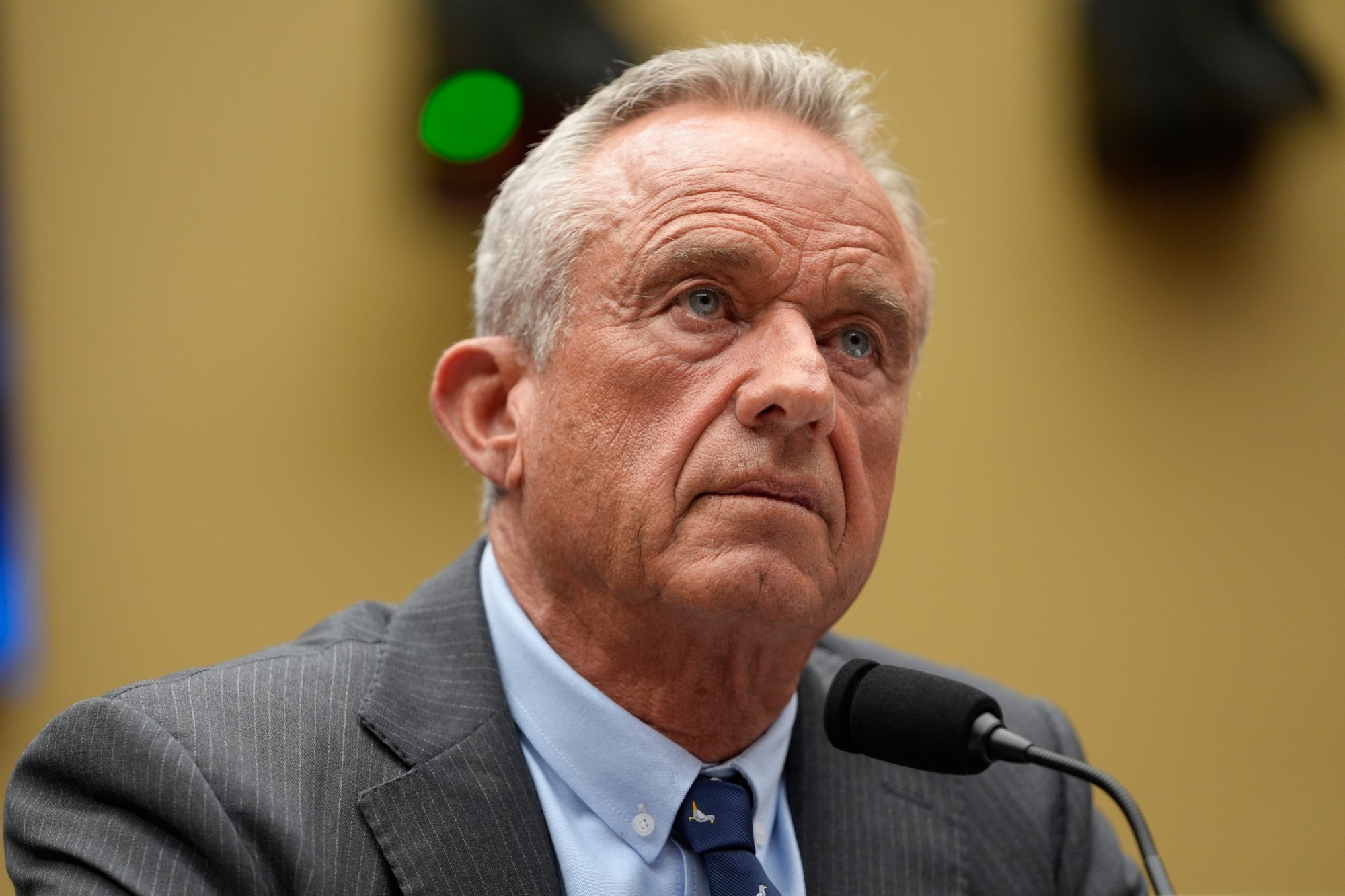
What Comes Next?
The dye crackdown may just be the beginning. RFK Jr.’s HHS is reportedly eyeing other additives like preservatives and industrial oils. States such as California and New York are also considering their own ingredient bans. If regulatory momentum continues, major food manufacturers will face a stark choice: embrace expensive reformulations or risk losing access to increasingly health-conscious markets. Jack Gruber / USA TODAY NETWORK via Imagn Images